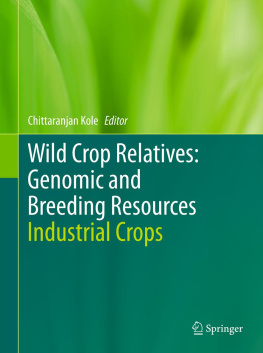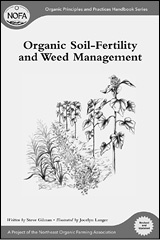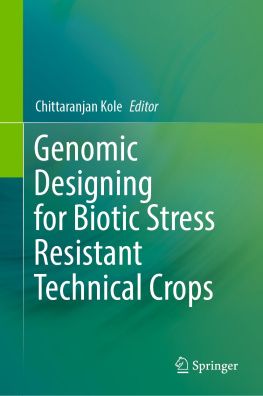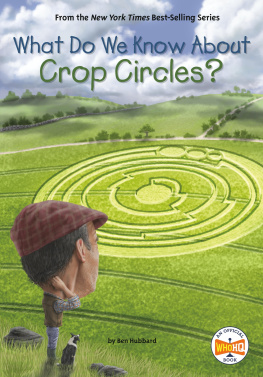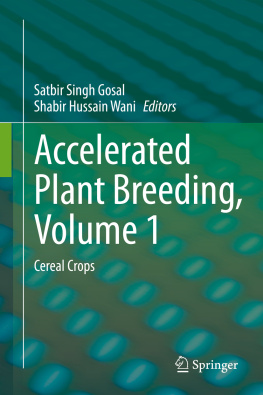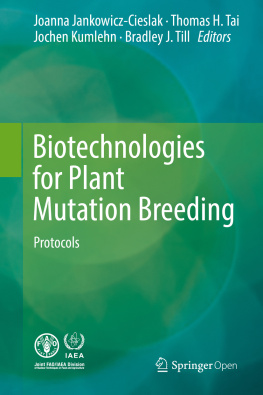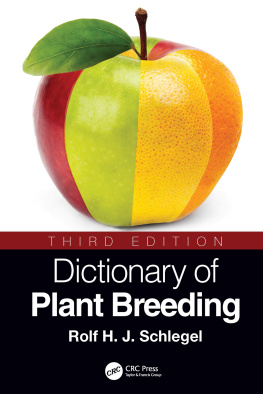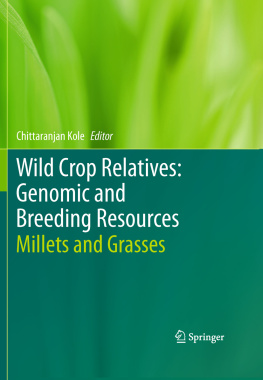1.1 Basic Botany of the Species
Beet is classified taxonomically as Dicotyledoneae, Caryophyllidae (Centrospermae), Amarantheaceae (formerly Chenopodiaceae), Beta vulgaris L. Linneaus recognized one wild and two cultivated types (table and foliage), which have been domesticated since the earliest beginnings of agriculture (Ford-Lloyd and Williams ).
The Section Beta includes the cultivated beets ( B. vulgaris subsp. vulgaris ), which is divided into four cultivar groups (leaf beet group, garden beet group, fodder beet group, and sugarbeet group) (Lange et al. ), and was a pragmatic approach to facilitate communication among Beta germplasm users.
Table 1.1
The taxonomy of Ford-Lloyd ()
System after Ford-Lloyd () | System after Kadereit et al. ()a |
|---|
Beta sect. Beta | Beta sect. Beta |
B. vulgaris L. | B. vulgaris L. |
B. vulgaris L. subsp. vulgaris (all cultivated forms) |
B. vulgaris L. subsp. maritima (L.) Arcang. | B. vulgaris L. subsp. maritima (L.) Arcang. |
B. vulgaris L. subsp. adanensis (Pamuk.) Ford-Lloyd & Williams | B. vulgaris L. subsp. adanensis (Pamuk.) Ford-Lloyd & Williams |
B. macrocarpa Guss. | B. macrocarpa Guss. |
B. patula Ait. |
Beta sect. Corollinae | Beta sect. Corollinae (incl. sect. Nanae ) |
B. corolliflora Zos. ex Buttler | B. corolliflora Zos. ex Buttler |
B. macrorhiza Stev. | B. macrorhiza Stev. |
B. lomatogona Fisch. et May. | B. lomatogona Fisch. et May. |
B. intermedia Bunge |
B. trigyna Waldst. et Kit. | B. trigyna Waldst. et Kit. |
Beta sect. Nanae |
B. nana Boiss. et Heidr. | B. nana Boiss. et Heidr. |
Beta sect. Procumbentes | Patellifolia A. J. Scott et al. |
B. procumbentes Sm. | P. patellaris (Moq.) A. J. Scott et al. |
B. patellaris Moq. | P. procumbens (Sm.) A.J. Scott et al. |
B. webbiana Moq. |
aThis research material lacked Beta patula . They did discuss species relationships, however, without final conclusions. In fact, Kadereit et al. () who fist suggested that B. procumbens and B. webbiana may not be distinct species
The taxonomy of wild beets was re-evaluated by Kadereit et al. (.
There is evidence that Beta was a part of the human diet as long ago as the late Mesolithic period (Kubiak-Martens ) suggests the swollen root was introduced into Europe from Persia. By the eighteenth century, the use of beet root had expanded to include animal feed, and the fodder beet had become an important component of European agriculture by the nineteenth century.
Beets grown exclusively for sucrose are of relatively recent origin. Economic production of sucrose was accelerated by edict in Napoleonic France under British blockade of sucrose from tropically grown sugarcane (Winner ).
1.2 Conservation Initiatives
By the 1980s, public and private plant breeders began more seriously to consider the wild sea beet (and other wild Beta species) as a genetic resource in which to find resistance to increasing pressure from insects, nematodes, and diseases, and as a source of genes for greater productivity. This raised the awareness around the world that important genetic resources of the wild sea beet were being lost (Pignone ).
Early plant exploration missions from the US were undertaken in 1925 and 1935 throughout Europe and the Near East to collect potential sources of disease resistance in wild sea beet and other Beta species (Coons ).
The USDA-ARS National Plant Germplasm System (NPGS) is a cooperative effort by public (State and Federal) and private organizations to preserve the genetic diversity of plants. These genetic resources are available to researchers to develop new varieties that are able to resist stresses (biotic and abiotic) and are more productive (Janick contains a breakdown of the collection by species.
Table 1.2
Total number of accessions and number backed up per species in the NPGS Beta collection
Taxon | Total accessions | Accessions backed-up |
|---|

